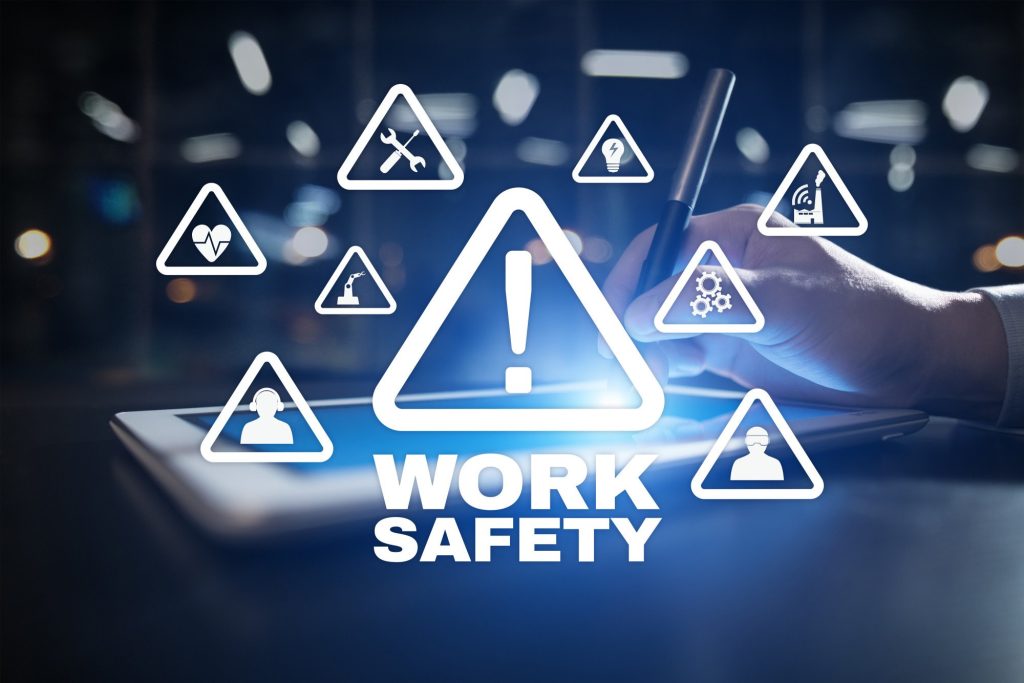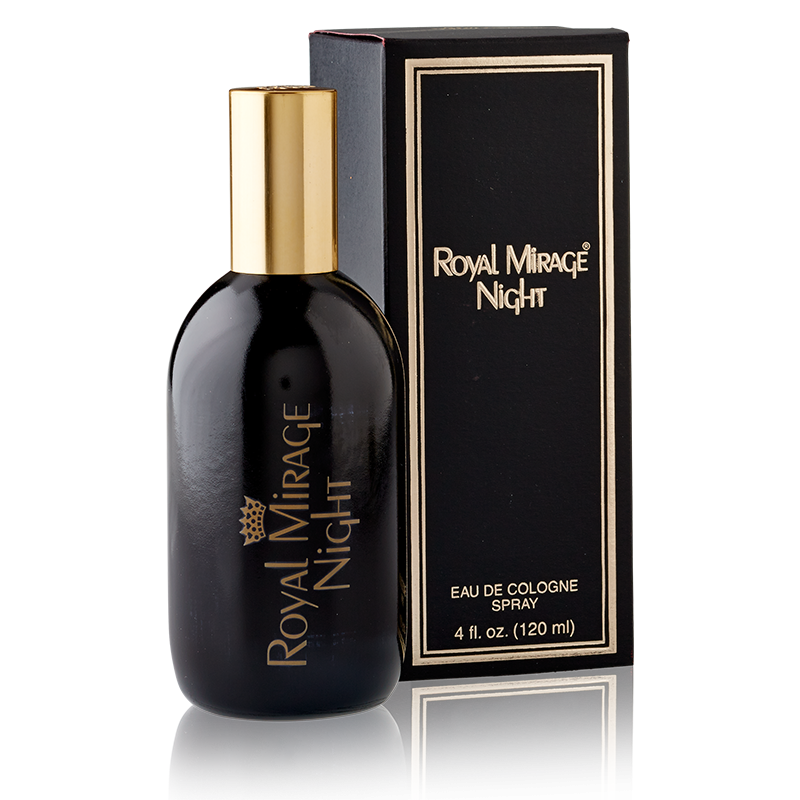Did you know that in the U.S., 2.6 million nonfatal private workplace injuries and illnesses occurred in 2021? That’s 1.8% fewer than the reported cases in 2020, but it’s still 2.6 million too many. After all, most job hazards are preventable.
Preventing accidents in the workplace starts with proper hazard training and education. But just like school students, safety trainees may also fail to listen to instructors. And often, the reason is the same: boring lessons.
Fortunately, workplace safety games can help make training programs far from boring. For instance, 8 in 10 U.S. workers say games make learning more exciting. They can also boost employees’ motivation and sense of purpose at work.
To that end, we created this list of exciting games to add to your workplace safety training/program. Use them to help employees have fun and feel more engaged while learning to stay safe on the job.
Treasure Hunt
A treasure hunt is ideal for testing employees’ knowledge of fire extinguisher locations. You can also use this game to determine if they know where to find first-aid kits and fire exits.
A treasure hunt isn’t a treasure hunt unless there’s a prize. So, prepare a reward for the winner, which can be the person who:
- Finds everything during the hunt
- Locates the most number of targets
- Finishes the search the fastest
Alternatively, you can make the game more exciting by leaving a small prize at each location. This can be a healthy snack or even a $1 bill.
Scavenger Hunt
You can use a scavenger hunt to test employees’ understanding of job hazards. However, unlike the traditional game listing specific items, yours should have descriptions.
Let’s say you want to check your people’s knowledge of chemical hazards in the workplace.
In that case, you can create a list of descriptions of the chemicals themselves. Use props, such as empty containers labeled with chemical names, and place them in the game area. The players should then look for and collect the items matching your descriptions.
You can also use this game to see if employees can respond to workplace accidents correctly. Give them various scenarios, such as what they need to provide first aid to a wounded co-worker.
Using that example, prepare the game area with the proper tools and props. Examples include bulk bandages, gauze pads, wound-cleaning agents, gloves, tweezers, and tapes. Then, when the time runs out, ask each player what the object is for and its correct use.
The player who gathers the most items and knows how to use them properly wins a prize.
What’s Wrong Here?
As its name suggests, “What’s Wrong Here” is a game wherein players must identify problems. It involves setting up the game area so that it resembles the workplace. You can then add hazards, such as:
- Clutter everywhere
- Spills on the floor
- Incorrectly adjusted workstations
- Improperly stored chemicals
- Tangled electrical cables and wires
Once ready, have players survey the room from one side (away from the hazards). Give them a minute to list all the dangers they can spot and how they can turn the area into a safe work environment.
Award the player who spots the most hazards and offers the correct solutions with a prize.
Safety Bingo
Bingo is another exciting game that can test employees’ understanding of safety protocols. To play this, you must first create a list of workplace safety-related questions. You need a lot since each bingo card should have nine answer selections.
Next, write down possible answers to each question on the bingo cards. You can also use a free bingo generator app to make printable cards.
Hand each contestant a bingo card. When everyone’s ready, you can begin the game and ask the questions you created. The players should mark the Free Online Slots on their cards containing the answers to the questions.
The game ends when a player has marked all nine squares on their card.
Roleplaying Games
Roleplaying games allow employees to display their knowledge of safety procedures. You, the organizer, must prepare to play a role in the acting, though.
You must also create several safety scenarios that the players would “act” on. Examples include what to do if a fire breaks out in the break room, a co-worker falls, or there’s a chemical spillage.
Write the scenarios on sheets of paper, fold them, and place them in a container. Then, have each employee take one during their turn. Give them a few minutes to organize their thoughts, and ask them to act out what they should do in such situations.
Because these games require more effort, consider rewarding everyone. For example, you can buy food that everyone can share, such as pizza, sliders, sushi, or sausage rolls. Just make sure that you review each participant’s performance and give them feedback.
Survival Race
This game can reveal how much employees know about several workplace safety measures. So, you, the organizer, must prepare at least three “survival” stations. Number each station and assign them a corresponding safety-related theme.
For example, the first station could test each player’s knowledge of first-aid kits. They must identify everything in the kit before proceeding to the next station.
As for station #2, it can be a dress-up game involving personal protective equipment (PPE). Have the participants pick the PPE they must wear at work off of shelves. They must wear it properly before they can go to the last station.
The last station can be an emergency preparedness test. For instance, you can ask the players to answer the following:
- Where exactly is the fire extinguisher in the break room?
- Where is the fire alarm pull nearest your work area?
- What should you do in case of an earthquake?
The participant who completes all the stations the fastest wins the game. If there are at least 10 participants, consider awarding each of the top three with a prize.
Workplace Safety Games for the Win
When people enjoy themselves, their brains release dopamine. Dopamine, a feel-good hormone, also affects learning, memory, and motivation. That could help explain why people learn more effectively if they’re having fun.
So, consider adding workplace safety games to your organization’s training programs. They can help make learning job safety protocols and emergency preparedness more fun.
If you liked this article, then be sure to check our guide on why you should consider first-aid CPR training!
James Martin is a passionate writer and the founder of OnTimeMagazines & EastLifePro. He loves to write principally about technology trends. He loves to share his opinion on what’s happening in tech around the world.



